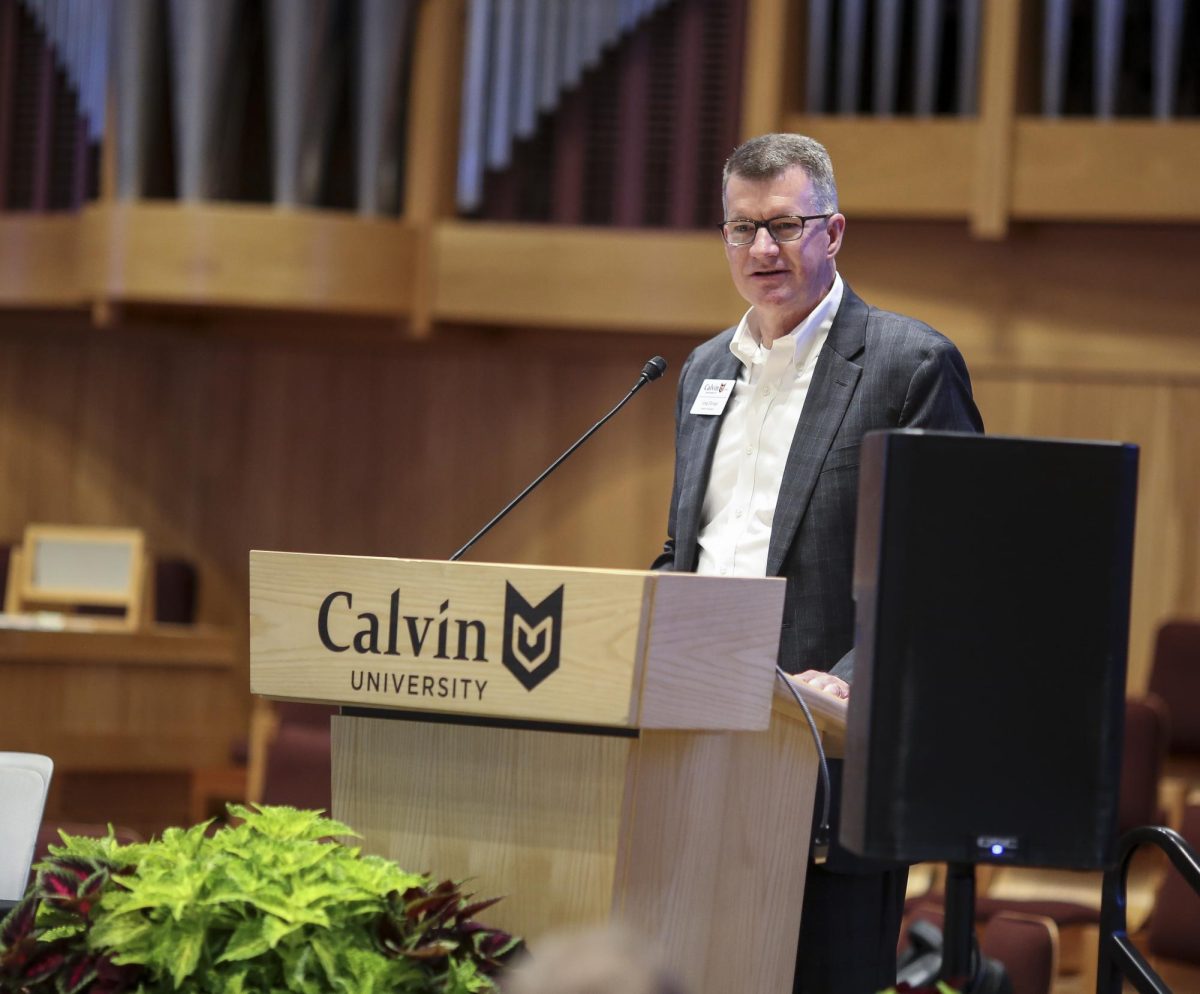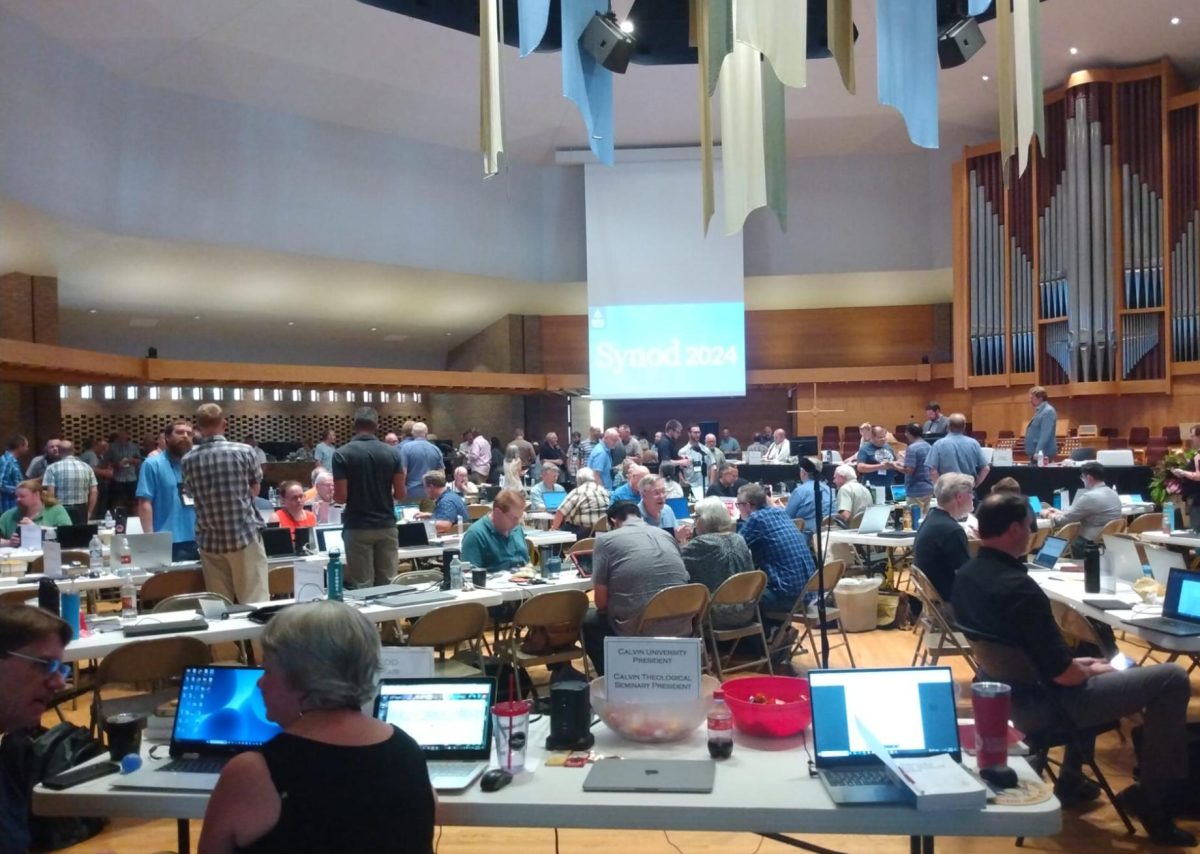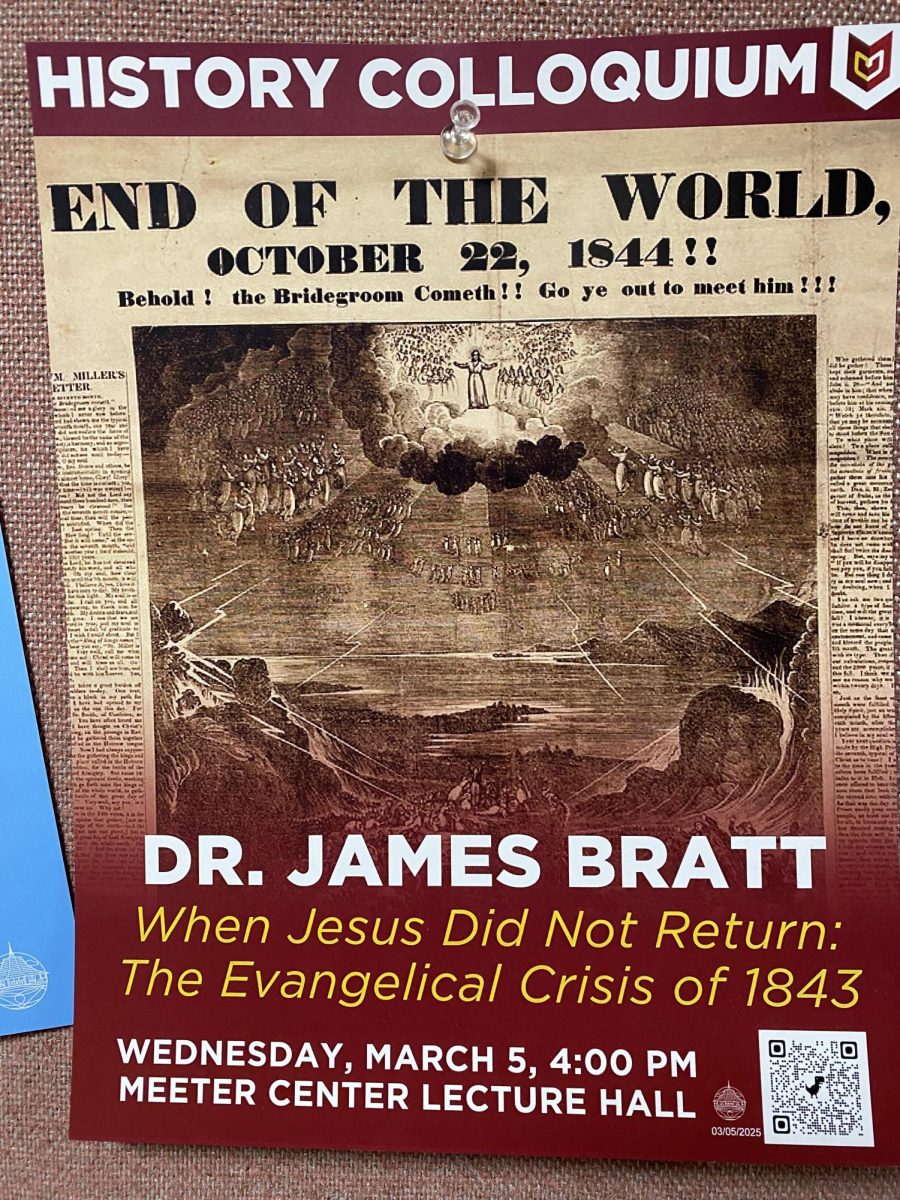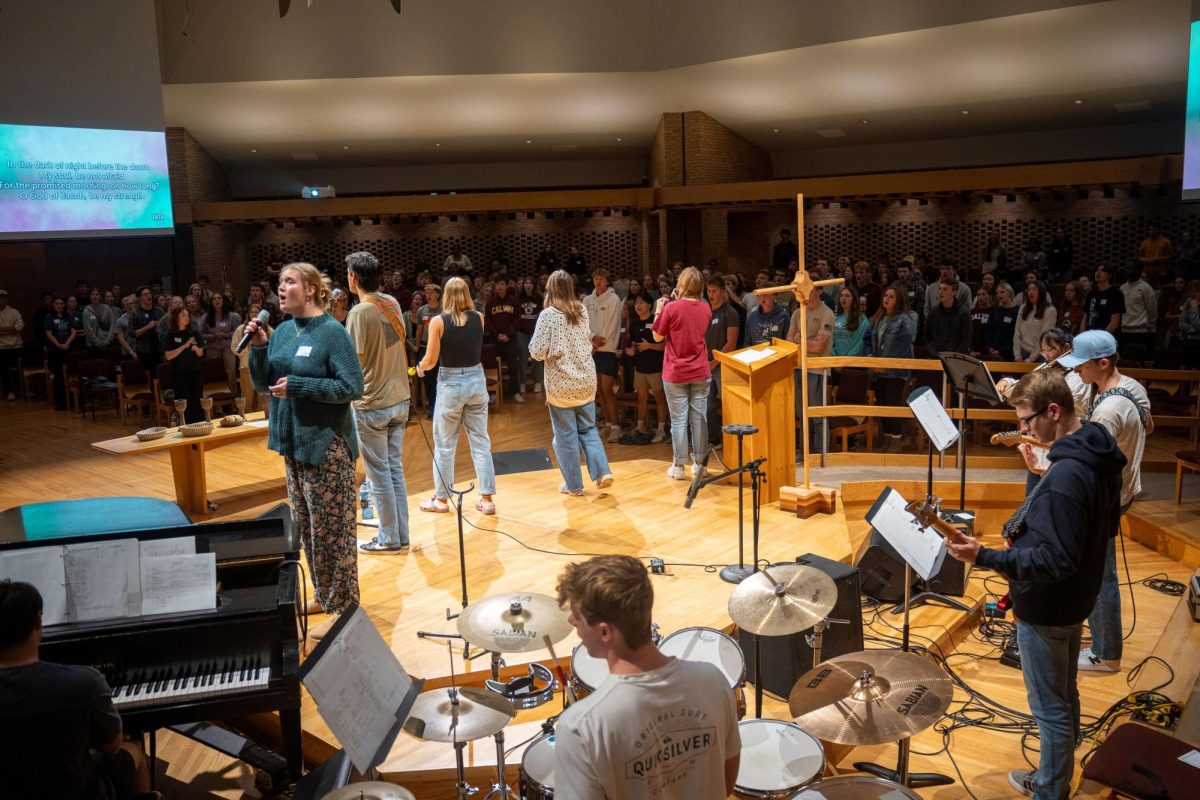I noticed, while examining readings from one of my Jubilee Fellows’ classes, the kenotic model of emptying oneself was extremely apparent and matched well with the servant leadership paradigm established in Philippians 2:1-11. By kenotic model, I mean the emptying of oneself of their own will in order to be a vessel of God’s will. Each reading from the course expounded on the biblical concept of living a Christ-centered life; from our pastors being profoundly aware of the dissonance that preaching and praying the Word of God incites within our congregations, to how being born in emptiness can either create fissures or fuse our leaders to their congregants, the kenotic model emulsifies the characteristics Paul rolls out in the blueprint of instructions on how to have success in leadership.
As a means of protecting ourselves against becoming self-righteous or vain workers of the faith, Baxter lays out some “take heeds,” which are developed to maintain the dignity of the pastor. Operating parallel to this sentiment, Henri Nouwen — a Dutch priest — applies his experience of living among the handicapped as an agent of reimagining the bread of life. When we seek to be relevant, we somehow lose our relevancy. Meaning that if, as a pastor shepherding God’s people, we seek our own honor in the place of bringing peace and healing into another’s soul, the bread we eat is fit only for the belly. This is the bread Jesus was talking about when he said, “Man cannot live by bread alone” (Matthew 4:4). Yet, there is a bread which offers so much more: as a pastor I should strive to eat (preach to self) and serve (preach to others) the bread that offers access to the fully realized kingdom, ushered in by Jesus.
Fitting quite squarely with the concept of Christian lifestyle, John Stott, in his book Life in Christ adapts the “logotherapy” of Dr. Viktor Frankl. Developed while Frankl was in a Nazi death camp, logotherapy follows on the heels of “Nietzsche’s dictum that ‘he who has a why to live for can bear almost any how”’ (Frankl, 81). The bread gives us a ‘why’ for which to live. However, even those who know of this bread continue to allow little separations to create great divides among the church family. While some will juxtapose weak and strong faith as a cause for such divisions, they will not recognize such division as a call to action. We often put ourselves and our own purposes above those of others. It is, therefore, why I initially stated that these readings are more about living according to the kenotic model of emptying ourselves.
Long regarded as the paradigm of servant leadership, Paul unveils instructions of how to be successful as a leader. In succession, Paul instructs us to “be of the same mind,” “do nothing from selfish ambition,” “look…to the interests of others,” and “let the same mind be in you that was in Christ Jesus” (Philippians 2:2-5). Further, since Jesus did not want his equality with God to be exploited, he acted as a servant leader among his people. Paul informs us that Jesus “emptied himself, took on the form of a slave, humbled himself, and became obedient to the point of death” (Philippians 2:7-8). This emptying oneself for the sake of others is the groundwork by which God desires his Church to be built. As a result of performing these four traits of leadership, God exalted Jesus (Philippians 2:9-11). Jesus did not have to oppress those whom he was leading, he merely had to be obedient to following the instructions of God, and God promoted him.
I am reminded of a passage from the mouth of the prophet Amos, in which God spoke to Amos, saying, “Behold, I am setting a plumb line in the midst of my people Israel” (Amos 7:7-8). The theological concept of setting a plumb line is so the foundation of our building remains in correct alignment with God’s will. In doing so, whatever we erect on that foundation is also justified. Christ Jesus is God’s plumb line set in the midst of his people. The theological significance of this conceptual plumb line is for us to remember that the Church and community is God’s House of Prayer, whose leaders ought to build accordingly.
Ultimately, this theme of being built by a plumb line is vital for the health of the Christian community because culture acts as the catalyst, driving change in places where the Church ought to be taking the lead. Proverbs 14:12 says, “There is a way that seems right to a man, but its end is the way to death.” It is not our beginning that leads us toward death, because we were created by the ultimate Plumb Line. However, inch-by-inch we began leading each other astray, and we have crossed a threshold, where turning back has become harder and harder for the Church to manage. I believe it is crucial for our next generation of leaders to be those who have already overcome hardships, and recognize the value in maintaining the continuity that the blueprint of Christ Jesus’ kenotic model provides. “Just as the Son of Man came not to be served but to serve, and to give his life a ransom for many” (Matt. 20:28), so too shall I.







